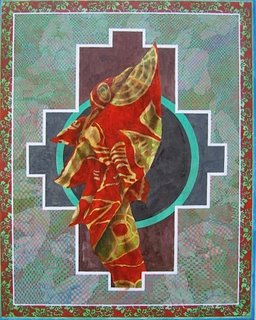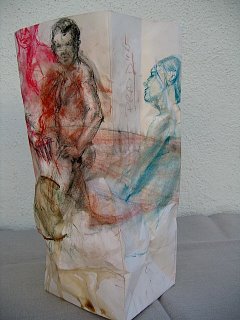DAVID SCHOFFMAN: THE MAN, THE ARTIST
People often ask me what it’s like to be an intimate friend of such an exotic character as David Schoffman. They see his work, hear his lectures and read his essays and they imagine an artist of uncommon decency, rapacious erudition, solemn dignity and incorruptible determination. They envision a glamorous bon vivant whose good fortune is the well-deserved recompense of genius. They picture him in his studio, where choruses of angels guide the splendored strokes of his brilliant intuition. I think to most people, David is the stuff of legend, a mythological archetype of their idea of the artist.
I recently chanced upon of a short film of David Schoffman in situ, depicting a typical day as he tries to wrestle the savage paroxysms of inspiration.
People often ask me what it’s like to be an intimate friend of such an exotic character as David Schoffman. They see his work, hear his lectures and read his essays and they imagine an artist of uncommon decency, rapacious erudition, solemn dignity and incorruptible determination. They envision a glamorous bon vivant whose good fortune is the well-deserved recompense of genius. They picture him in his studio, where choruses of angels guide the splendored strokes of his brilliant intuition. I think to most people, David is the stuff of legend, a mythological archetype of their idea of the artist.
I recently chanced upon of a short film of David Schoffman in situ, depicting a typical day as he tries to wrestle the savage paroxysms of inspiration.












































